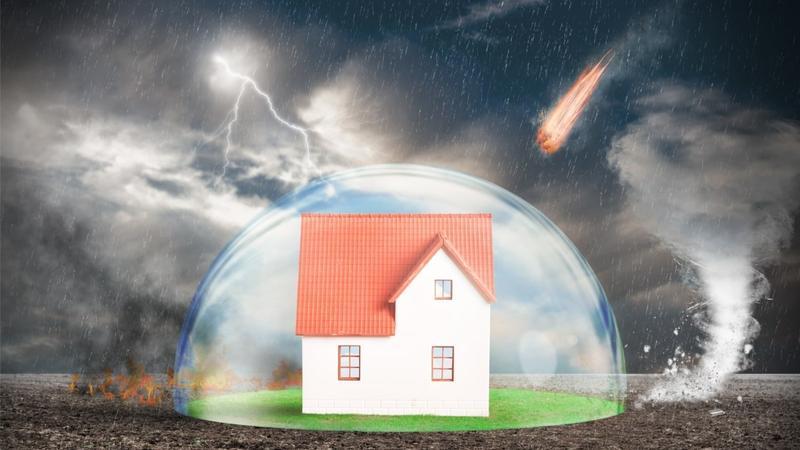Insurance Bureau of Canada (IBC) releases steps to take now before disaster occurs.
We’ve seen the impact of blizzards and ice storms on Canadian homes; now it’s time to take a stand against high winds and tornadoes... not literally, of course. As temperatures rise, so does the risk for severe weather. In Canada, tornado season usually runs from March to October but peaks in June and July.
Thunder, lightning, heavy rainfall and high winds can strike at any time and while we can’t avoid all damage caused by severe weather, the IBC in a recent statement highlighted ways to prepare yourself and protect your property before a disaster, like a tornado, occurs.
"Severe weather has become the new normal," said Kim Donaldson, Vice-President, Ontario, IBC. "Damaging storms accompanied by thunder, lightning and high winds, can strike at any time and leave trail of destruction."
Tips to prepare for severe weather
During severe weather or a state of emergency, it may take emergency responders some time to reach you. Your household should be prepared to sustain itself for at least 72 hours. Follow these tips, also from the IBC, to prepare your property and your family.
- Make an emergency preparedness kit including items like non-perishable food, water, some cash, prescription medication, a flashlight, batteries, blankets, hand sanitizer, toilet paper, garbage bags and first aid supplies.
- Develop an emergency plan with your family so everyone knows what to do and is aware of meeting places in case you are separated.
- Prepare your home in advance to minimize damage. Repair broken roof shingles, and seal cracks around windows and the basement foundation. You can also anchor heavy items that could become flying debris during high winds, like patio furniture. Also, look into installing impact-resistant windows or a backwater valve in case of flooding.
- Take inventory of important contents within your home. If at some point there is need to make a claim, you will have a detailed list on hand of the items you own.
What losses are covered?
In the event that severe weather causes damage to your home, it’s important to contact your home insurance provider as soon as possible. Where possible, assemble as many documents as you can to support your claim, including photos of destroyed property, proofs of purchase, warranties, and receipts for cleanup, repair or living expenses if you’ve been displaced. As policy wordings vary, ask your insurance representative for more information. Losses that are typically covered if a tornado were to strike include:
- Wind damage to your home, including losses caused by flying debris or falling branches or trees
- Water damage if high winds or hail created an opening (like a broken window) that allowed water to enter the home
- Damage to your vehicles, but only if your auto insurance policy includes comprehensive coverage. It's an optional coverage, so if you don’t already have it but you want ensure your car is protected from foul weather, it may be worth adding to your policy.
There’s no way to completely prepare yourself for the aftermath of a severe storm; but the best and easiest way to protect yourself and get your home back in order is through home insurance. Visit InsuranceHotline.com to compare quotes and find the best rates for the coverage.
